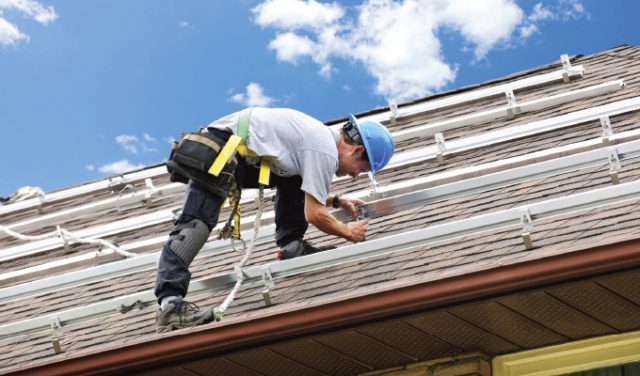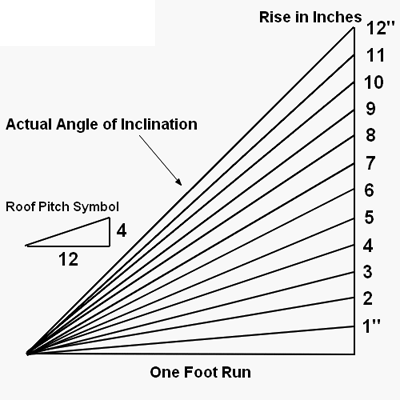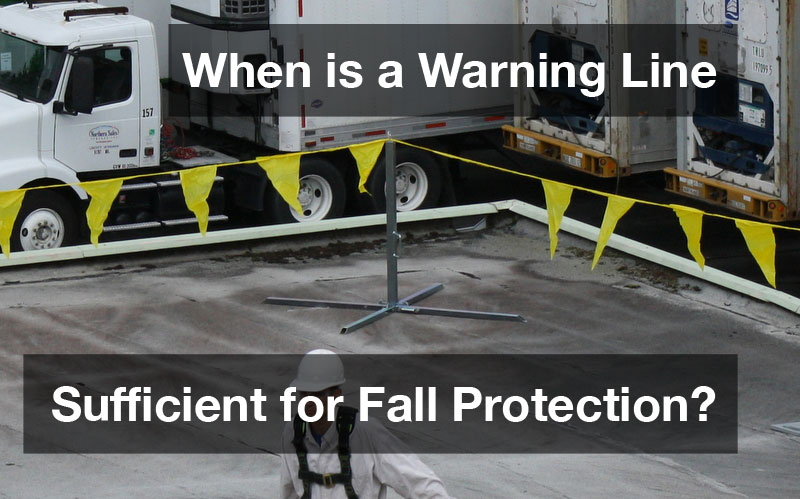Osha has also recognized other forms of fall protection such as fall restraint and arrest systems and included them as suitable solutions in the new standards.
Osha roof fall protection general industry.
Fall protection for activities not in the construction industry is addressed in specific standards for the general industry shipyard employment marine terminals and longshoring industry.
This section highlights osha standards federal register notices rules and proposed rules preambles to final rules background to final rules directives instruction to osha staff letters of interpretation official letters of interpretation of the standards and national consensus standards.
When the employer can demonstrate that it is not feasible or creates a greater hazard to use guardrail safety net or personal fall protection systems on residential roofs the employer must develop and implement a fall protection plan that meets the requirements of 29 cfr 1926 502 k and training that meets the requirements of 29 cfr 1926 503 a and c.
Osha requires that fall protection be provided at elevations of four feet in general industry workplaces five feet in shipyards six feet in the construction industry and eight feet in longshoring operations.
Two osha standards can apply 29 cfr 1910 which governs general industry safety standards and 29 cfr 1926 which governs construction sites specifically.
Osha defines fall protection as any equipment device or system that prevents a worker from falling from an elevation or mitigates the effect of such a fall under the final rule employers may choose from the following fall protection options.
Osha safety standards especially for roof fall protection can be a source of confusion for many industrial companies.
Note to paragraph g.
While fall restraint systems are not mentioned in osha s fall protection rules osha will accept a properly used fall restraint system in place of a personal fall arrest system when the restraint system is rigged so that the worker cannot get to the fall hazard.
Figure d 14 clearances for fixed ladders in wells.
Section 1910 28 establishes the requirements that employers must follow on the use of cages and wells as a means of fall protection.
Supervise workers to ensure fall protection equipment is used and maintained correctly.
Osha s fall protection standards at 29 cfr 1926 subpart m to protect workers exposed to falls six feet or more above a lower level.
The osha general industry standards exclude construction as well as agriculture and marine industries which also have their own standards but both standards can sometimes apply to the same.
Implement safe work practices to reduce the possibility of falls.










